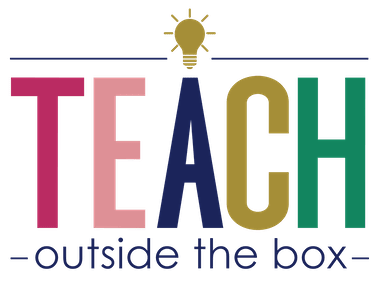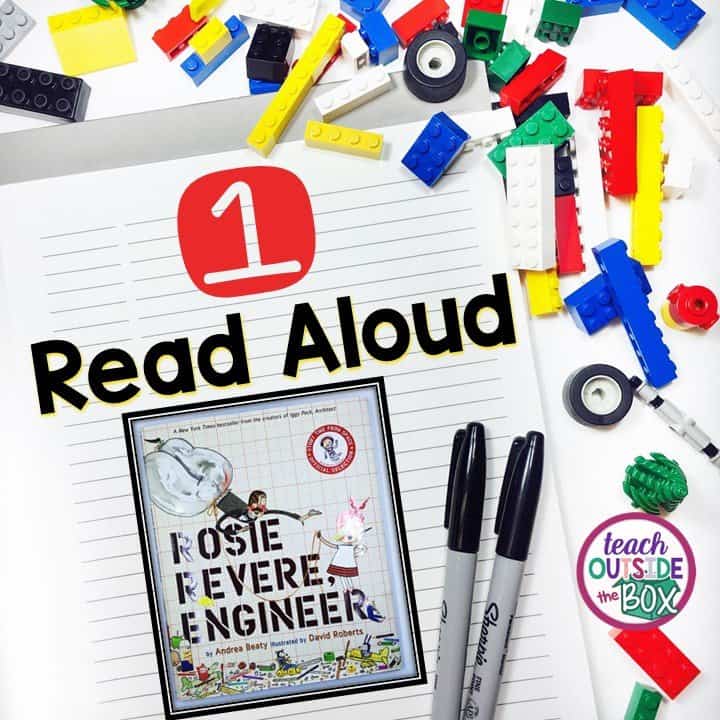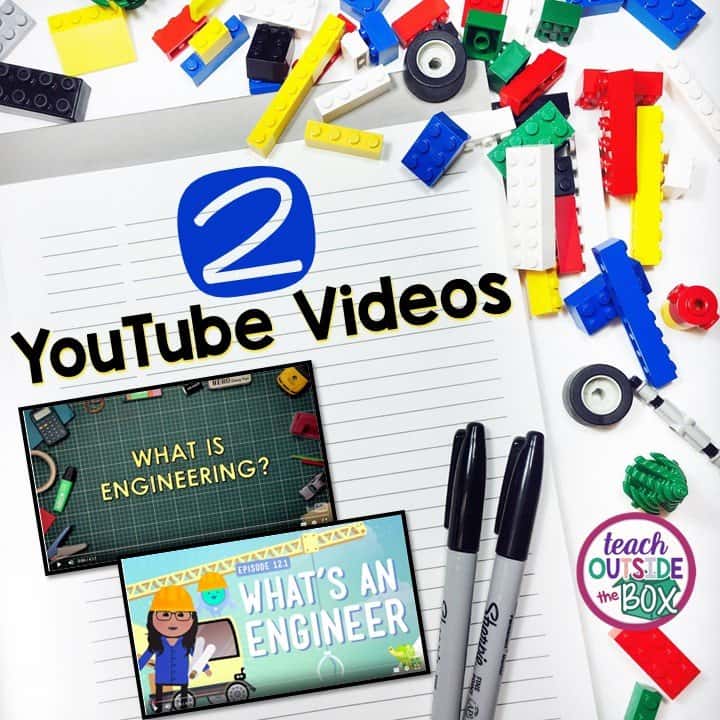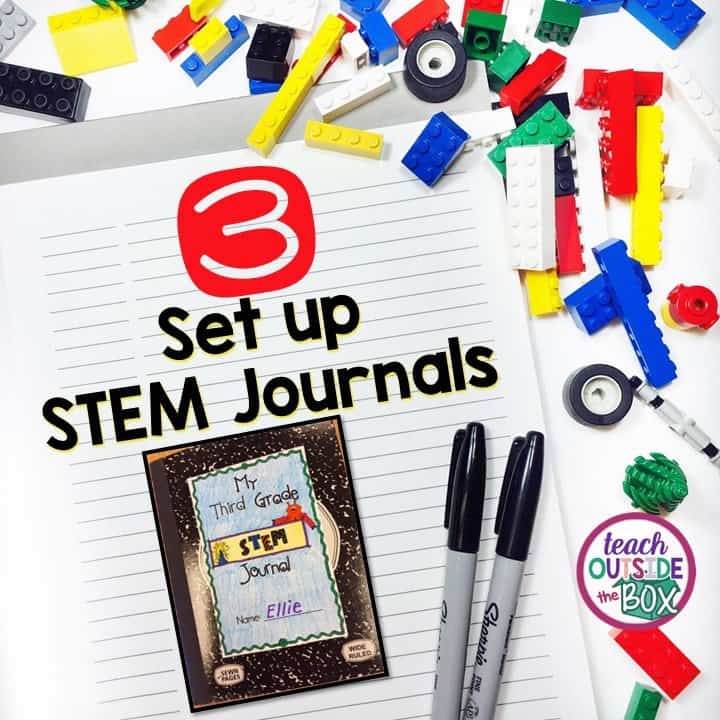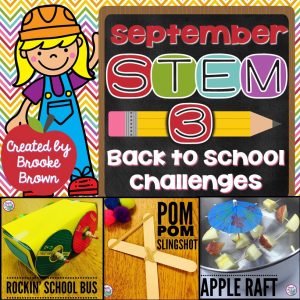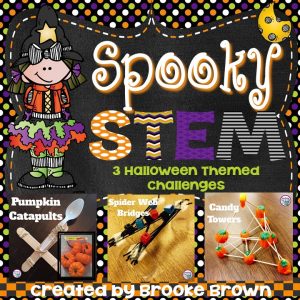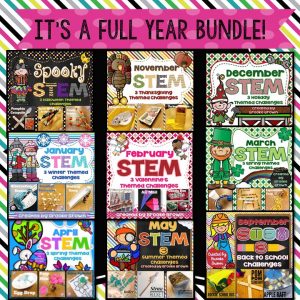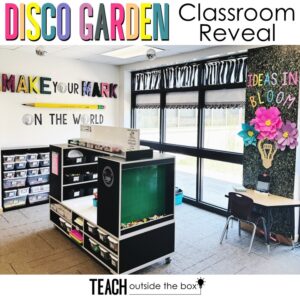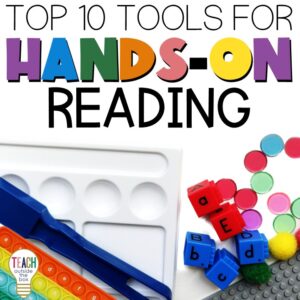Setting the Stage for STEM
***This post contains affiliate links for Amazon. By purchasing an item on the Amazon site using these links, I will receive a small commission on your purchase.***
I am often asked how to get started with STEM in the elementary classroom, and the beginning of the school year is the perfect time to dive in headfirst! As soon as those daily procedures and routines and taught, practiced, and reinforced during the first few weeks, a STEM challenge is a wonderful way to encourage your students to think critically and collaborate with a partner or small group. I often hear teachers say that they learn more about their students’ personalities, strengths, and interests during STEM challenges than any other time. However, before you jump the gun and introduce that first epic challenge, here are a few steps that I recommend you take to make their learning experience as successful as possible.
A carefully chosen read aloud is always a wonderful way to introduce a new topic of study, and Rosie Revere, Engineer by Andrea Beaty is one of my all time favorites. This book is perfect for Kindergarten through third grade, and perfectly conveys the importance of perseverance and creativity during STEM challenges. It tells the story of the struggles and successes of Rosie Revere, a second grade engineer. Here is my favorite quote from the book:
“Life might have its failures, but this was not it. The only true failure can come if you quit.”
Click below to purchase Rosie Revere through my Amazon affiliate link:
This book prompts fantastic whole class discussions and serves as the perfect source of inspiration for students before their first challenge. Also, make sure to check out Andrea Beaty’s other books in the series, Iggy Peck, Architect, and Ada Twist, Scientist. My kids love them all!
If you’re looking for more literacy connections and STEM supplements to accompany Rosie Revere, click the picture below!
Next up, hold a quick whole class discussion about what students think an engineer is and what they think an engineer does. (Be prepared for one of their first responses to be someone who drives a train!) You might want to brainstorm their ideas on the board before you show them one of the following short YouTube videos, then add to the list after they watch them. I LOVE both of these videos because students are often very surprised to discover all the conveniences and amenities in their lives that are made possible by different types of engineers.
This video walks a kid through a typical day and how engineering affects each part of his day.
This video goes over the basics of Engineering and different types of engineers. (By the way, I love ALL the Crash Course YouTube videos! You should definitely check out their library.)
My students take so much pride in their STEM Journals, and each year, we set up our journals by defining STEM in our own words, introducing the parts of the Engineering Design Process, and illustrating ourselves as scientists, technicians, engineers, and mathematicians. We complete these activities as a whole class, and I make it more fun with foldables and trading cards. If your students already have some sort of Science Journal, STEM materials would be perfect to add right in. Remember to teach students that technology doesn’t just mean iPads and laptops, and that Technology = Tools that make work easier. Click the following picture to view my STEM journal materials.
While it may seem easy to reveal the challenge, introduce materials, let students create, and be done with it, the Engineering Design Process will be much deeper and more meaningful if you provide more structure and guidance, specifically before challenges and after challenges. We always try to set up our students to be as successful as possible, and STEM is no different. This is especially true for the youngest engineers (Pre K through 2nd Grade), who need to have their background knowledge primed and need more time to explore materials.
The easiest way to do this is to hold a whole class discussion both before and after challenges using laminated, reuable anchor charts. Students can share predictions and design ideas as you introduce the challenge, and reflect on successes and struggles after challenges. You and your students can record ideas with a wet erase marker, and erase for each challenge. The two anchor charts pictured below make it easy and quick to introduce and wrap up challenges and pull out students’ thinking. The chart on the left is included in my STEM journal pack, and is most appropriate for Pre K through first grade. The chart on the right is best for 2nd grade and up.
(Standing on my soapbox for a moment!) Last but definitely not least, a positive, healthy classroom community is CRUCIAL for the success of any STEM challenge. While STEM provides incredible opportunities for collaboration, critical thinking, and problem solving, it should never, I repeat NEVER, be the only time of day that students are allowed to practice these skills. Students must practice social skills and “people smarts” on a regular basis, and be given as many opportunities as possible to exhibit divergent (creative) thinking. One of my favorite components of the school day that serves to develop and nurture a community of learners is Morning Meeting.
(Click here to read: How to Make Morning Meeting the Best Part of Your Day)
Before beginning your first STEM challenge, share the following checklist with students and discuss why these behaviors might be important. Also, do your best to recognize and praise these student behaviors as you notice them during challenges.
Are you ready to try your first STEM challenge yet?! Follow the steps above and watch your little engineers soar to success. Oh, and be warned: Once you do the first challenge with your students, they are sure to beg for more! I can’t wait to hear all about it!
Here are some of my monthly challenge ideas to get you started:
Or save big with my best-selling All Year Bundle:
***Styled images by Jen Jones of Hello Literacy and fonts by Kimberly Geswein.***
***This post contains affiliate links for Amazon. By purchasing an item on the Amazon site using these links, I will receive a small commission on your purchase.***
